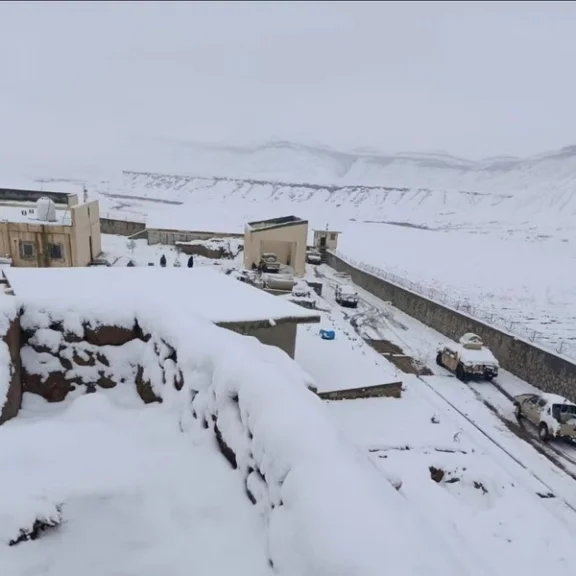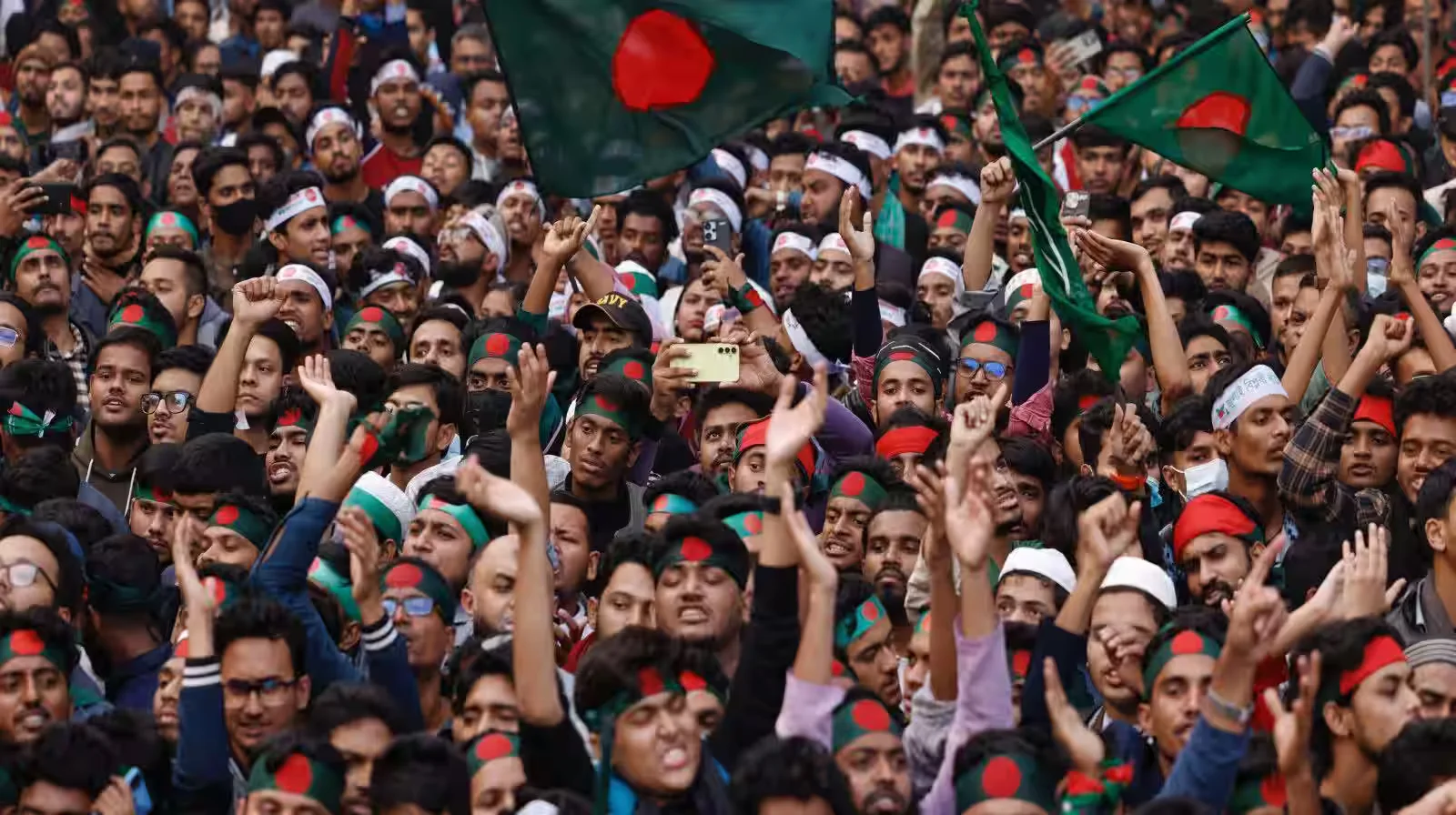On 6 June 2025, Indian Prime Minister Narendra Modi is set to inaugurate the Chenab Railway Bridge, the world’s tallest railway arch bridge, alongside the launch of a Vande Bharat Express train connecting Katra to Kashmir. Touted as a milestone of progress and integration, this project is part of the Udhampur-Srinagar-Baramulla Railway Link (USBRL), an ambitious infrastructure network designed to connect the Kashmir Valley with India’s broader transport grid.
However, behind the optics of connectivity lies a more complex narrative—where development, security, and political legitimacy intersect. It implies, the critical and selective timing of the project inauguration by Modi government after their control over the territory was time and again questioned following May feat and their narrative of normalcy in the region got shattered post Pahalgam attack. Alongside, as the region continues to grapple with the repercussions of post-2019 decision, it is important to examine whether such mega-projects are enabling empowerment, or further consolidating state control.
Engineering Feat or Political Messaging?
The Chenab Bridge, spanning 1,315 meters and rising 350 meters above the Chenab River, sounds to be a remarkable feat of civil engineering. For some, it represents not just a logistical breakthrough but also a significant state-led investment in the occupied region of Jammu and Kashmir. Yet, the strategic timing of its inauguration—Modi’s first visit to the region since Operation Sindoor, raises critical questions.
For India, such infrastructure achievements serve multiple purposes, boosting internal legitimacy by showcasing progress in a sensitive region, strengthening external narratives of normalcy, particularly to international observers and investors and signaling logistical readiness in a Kashmir which is a militarily sensitive zone bordering Pakistan and China.
Development Under Disputed Sovereignty
The construction of large-scale infrastructure in Jammu and Kashmir, a UN-recognized disputed territory, places development initiatives in a questionable situation within a politically charged framework. While economic integration and physical connectivity can foster growth, in conflict-prone regions, they can also alter power dynamics and redefine control as this project is going to incur on the status of occupied valley.
India maintains that the USBRL enhances mobility, economic inclusion, and tourism. Yet, many sane and futuristic voices within Kashmir perceive these projects as reinforcing the post-2019 centralization of governance, particularly after the abrogation of Article 370 and 35A, which removed the region’s constitutional autonomy.
Notably, there has been limited local consultation, and infrastructure development has occurred parallel to increased surveillance, detentions, and restrictions on political expression.
Military Utility and Strategic Depth
Beyond civilian use, the USBRL holds clear strategic value. The rail link drastically reduces travel time for troop movement and supplies between the Indian heartland and forward military posts along the Line of Control (LoC). Indian defense planners have described USBRL as critical to India’s “border management strategy”, especially given China’s growing footprint in nearby regions and the history of Indo-Pak border tensions.
In that sense, projects like the Chenab Bridge are dual-use assets—contributing to both civil infrastructure and military logistics. This trend reflects a broader global pattern of illegal occupiers for instance the Zionist’s control of Palestine reflects the same, where infrastructure and security policy increasingly overlap in contested zones.
Demographic and Political Concerns in the Valley
Since 2019, concerns have grown in Kashmir over demographic shifts, following changes in domicile laws that have enabled thousands of non-residents to acquire residency rights. While the Indian government argues this promotes national integration and investment, it clearly risks altering the region’s ethnic and religious composition, potentially undermining its historic identity and fueling further alienation for Kashmiris.
The fear that infrastructure like the Chenab Bridge may serve to facilitate demographic change or accelerate military presence is a recurring theme in Kashmiri political discourse. These sentiments are not without precedent; comparative frameworks, including the previously mentioned and potentially the best suited Israeli-Palestinian context, is often cited to describe how control over movement and space can influence political outcomes.
Narrative Management and Global Perception
India has increasingly paired its infrastructure developments with a strategic communications campaign focused on projecting Kashmir as “open for business” and “returning to normalcy.” These narratives are amplified through high-profile inaugurations, cultural festivals, and international delegations.
Yet, the pattern of recurring incidents of terrorism in the valley and reports from rights organizations and think tanks continue to document a disconnect between the narrative of normalcy and the realities on the ground—including restricted media freedoms, detained political leaders, and curtailed civil liberties. This discrepancy poses a reputational challenge: development without democratic inclusion may invite skepticism about its long-term sustainability.
For the Hindutava led government who likes to stay in its own bubble of strategic hegemony, the message from Kashmiris and global community echoes loud: You cannot portray everything normal in one of the highly militarized zones on the planet by employing such agenda driven projects.
Conclusion: Infrastructure in a Time of Transition
The Chenab Railway Bridge is more than a transportation project—it is a prism through which the Indian efforts to further snub Kashmiri’s right to independence and freedom can be seen. While it undeniably enhances physical connectivity, its deeper implications for Kashmiri’s lie in how infrastructure is used to deepen the political, governance, and identity crisis of a disputed region.
For any sustainable resolution in Jammu and Kashmir, development must be inclusive, participatory, and transparent. Infrastructure should empower communities, not just extend administrative reach for oppressive regimes. As the region enters a new phase of geopolitical shift, the international community and regional actors must assess not only what is being built, but also for whom and why.







